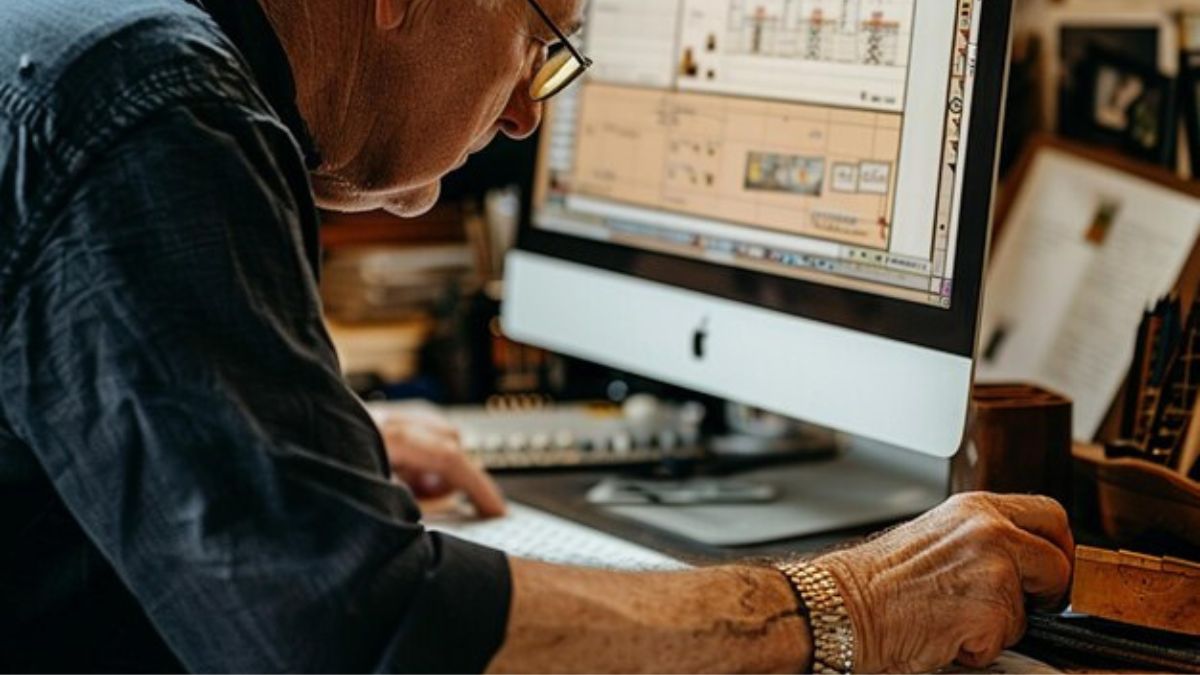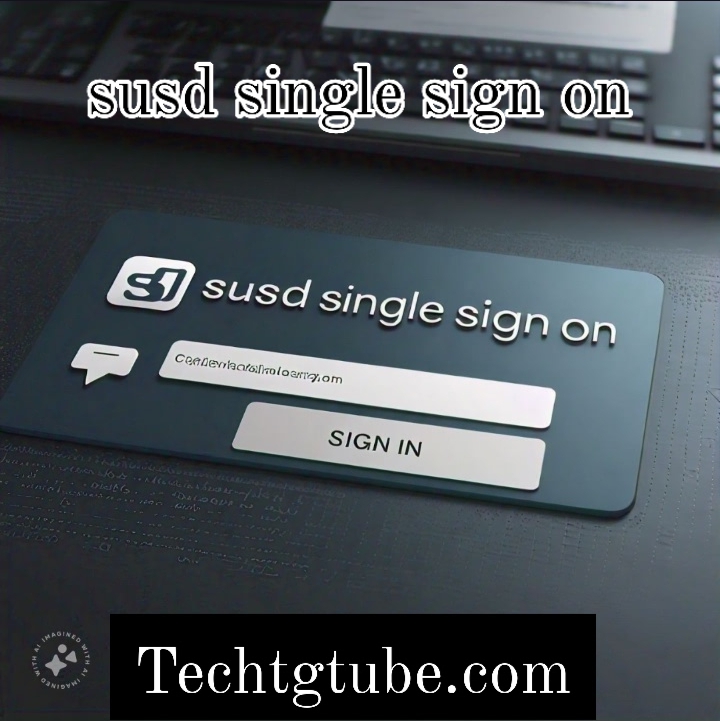In the realm of intellectual property, patent drawings play a pivotal role in defining the scope and uniqueness of an invention. These visual representations are crucial for patent applications and legal protections, making the choice of software for creating patent drawings a significant decision for inventors and professionals alike. This article delves into the architecture of patent drawings software, exploring key features, benefits, and considerations to help you choose the right tool for your needs.
The Importance of Patent Drawings
Patent drawings, also known as patent illustrations, are graphical depictions that complement patent applications. They visually represent the invention, showing how it works, its components, and its functionality. These drawings are essential for clarifying the invention’s scope and aiding patent examiners in understanding the technical aspects. Accurate and well-crafted patent drawings can significantly influence the approval process and protect the inventor’s intellectual property.
Key Features of Patent Drawings Software
Precision and Accuracy
One of the foremost requirements for this software is precision and accuracy. The software must allow users to create detailed and exact representations of their inventions. This includes the ability to draw to scale, accurately depict components, and ensure that all technical details are clearly represented. Precision is crucial to avoid misinterpretations and ensure that the patent application is correctly understood.
Compliance with Patent Office Standards
Patent drawings must adhere to specific standards set by patent offices, such as the United States Patent and Trademark Office (USPTO) or the European Patent Office (EPO). Software designed for patent drawings should facilitate compliance with these standards, including correct formatting, line thickness, and annotation styles. Ensuring that your drawings meet these requirements can prevent delays and rejections in the patent application process.
Comprehensive Drawing Tools
Effective patent drawings software offers a comprehensive set of drawing tools. These tools should include options for creating technical illustrations, adding labels and annotations, and incorporating various line types and symbols. A robust set of features allows users to create detailed and informative drawings that accurately represent their inventions.
Support for Multiple File Formats
Patent drawings software should support a variety of file formats for both input and output. Common formats include DXF, DWG, and PDF. Compatibility with multiple formats ensures that users can integrate their drawings with other software and easily submit their applications to patent offices. It also facilitates collaboration with patent attorneys and other stakeholders.
Popular Patent Drawings Software Options
AutoCAD
AutoCAD, developed by Autodesk, is one of the most widely used software applications for technical drawings, including patent illustrations. Its powerful tools and precision make it a popular choice among professionals. AutoCAD offers extensive features for creating detailed and accurate drawings, but it also requires a learning curve and comes with a higher price tag.
CorelDRAW
CorelDRAW is a versatile graphic design software that is also used for patent drawings. Its user-friendly interface and vector-based drawing tools make it suitable for creating detailed illustrations. CorelDRAW supports a range of file formats and offers features that help meet patent office standards, though it may not be as specialized as other options.
SolidWorks
SolidWorks, primarily known for 3D modeling, is also used for creating patent drawings. It allows users to generate detailed technical drawings from 3D models, providing a comprehensive view of the invention. SolidWorks is particularly useful for inventions with complex mechanical components, offering precision and integration with other engineering tools.
Patent Illustrations Software (PatentIllustrator)
PatentIllustrator is a specialized software designed specifically for patent drawings. It provides tools tailored for creating patent-compliant illustrations, including predefined templates and drawing aids. This software simplifies the process of meeting patent office standards and is focused on streamlining the creation of professional patent drawing.
How to Choose the Right Patent Drawings Software
Assess Your Needs
When selecting this software, assess your specific needs and requirements. Consider factors such as the complexity of your invention, the level of detail required, and your familiarity with drawing software. Choose a tool that aligns with your needs and offers the features necessary for creating accurate and compliant patent drawings.
Evaluate Software Features
Evaluate the features offered by different software options. Look for tools that provide precision drawing capabilities, support for multiple file formats, and compliance with patent office standards. Additionally, consider user interface and ease of use, as a more intuitive software can reduce the learning curve and enhance productivity.
Consider Budget and Cost
Budget is an important factor when choosing software. While some high-end tools like AutoCAD and SolidWorks come with a higher price, there are also cost-effective or free options available. Weigh the software’s features and benefits against its cost to find a solution that offers good value for your investment.
Check for Support and Resources
Good software should come with adequate support and resources. Look for options that offer tutorials, customer support, and online forums. These resources can be invaluable for troubleshooting issues and learning how to use the software effectively.
Best Practices for Creating Patent Drawings
Adhere to Standards
Ensure that your drawings adhere to the specific standards required by the patent office. This includes correct formatting, line thickness, and annotation styles. Following these guidelines will help prevent delays and ensure that your application is processed smoothly.
Focus on Clarity and Detail
Your drawings should be clear and detailed, providing a comprehensive view of your invention. Use precise lines, labels, and annotations to illustrate the functionality and components of your invention. Avoid clutter and ensure that each element is easily understandable.
Use Layers and Annotations
Utilize layers and annotations to organize your drawings effectively. Layers can help separate different components or views, making it easier to manage complex illustrations. Annotations provide additional information and context, helping to clarify the details of your invention.
Troubleshooting Common Issues
Compatibility Problems
If you encounter compatibility issues with file formats or software, check for updates or patches that may resolve the problem. Ensure that your software is up-to-date and that you are using the correct file formats for submission.
Drawing Errors
For errors in your drawings, review the software’s tools and settings to ensure accuracy. Double-check measurements, line types, and annotations. If necessary, consult the software’s help resources or seek assistance from customer support.
Compliance Issues
If your drawings do not meet patent office standards, review the guidelines provided by the relevant patent office. Make necessary adjustments to formatting, line thickness, and other requirements to ensure compliance.
Conclusion
Choosing the right software is essential for creating accurate and compliant illustrations for your patent applications. By understanding the key features, evaluating software options, and adhering to best practices, you can streamline the process of managing and submitting your patent drawings. Whether you opt for specialized tools or general graphic design software, the goal remains the same: to produce clear, precise, and professional drawings that effectively communicate the details of your invention. With the right software and approach, you can enhance your patent application process and protect your intellectual property with confidence.











